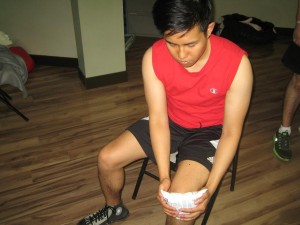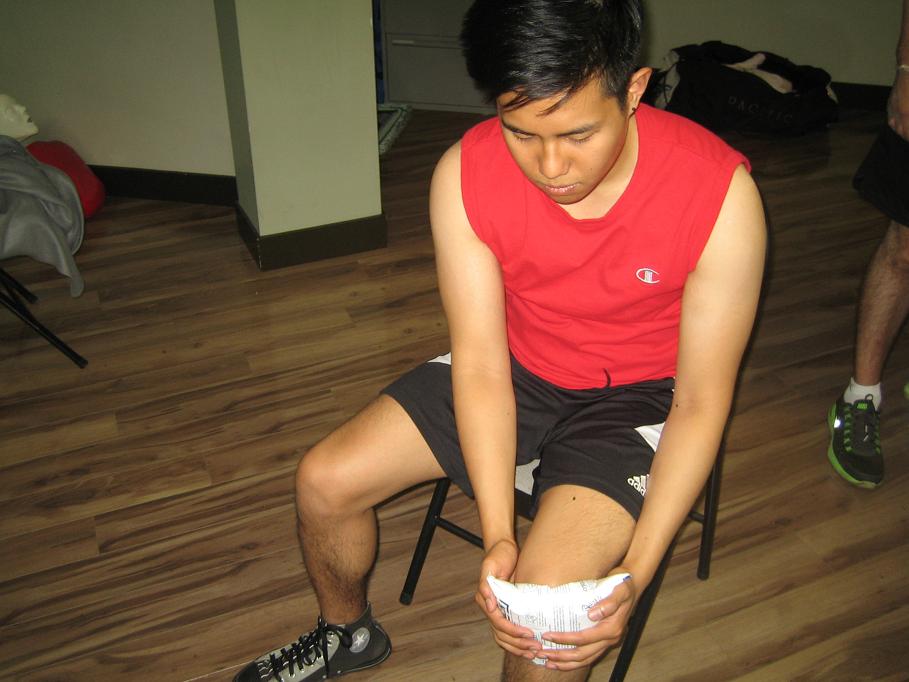As a popular sport recognized all over the globe, soccer has been the favorite by many individuals today. Many people are playing the sport and it is not a surprise that the number of soccer injuries is on the rise.
The common soccer injuries are the sprains and strains on the ankles and knees. Collisions among the players whether a full body or kick can cause a variety of injuries that includes concussions, bruises and cuts. Even overuse injuries can occur such as shin splints and Achilles tendinitis.
Preparing for a soccer game
Before playing a soccer match, there are certain considerations to bear in mind.
- Maintain good physical condition before the start of the soccer season. Always stick with a fitness program that includes strength and flexibility training as well as aerobic exercise.
- Warm up and stretching exercises must be performed before a game with an emphasis on the thighs, knees, calves and hips. Muscles that are not properly warmed up are more prone to injuries.
- Cooling down and stretching exercise after the game. By stretching after a game, it helps minimize the soreness of the muscles as well as keeping them flexible and long.
- Proper hydration is essential when playing the sports. If not enough fluids is taken, the body could not cool itself through sweating and evaporation effectively.
Using appropriate gear and equipment
- Shin guards should be used for protection to the lower legs. Take note that lower leg injuries are commonly caused by not wearing shin guards.
- Shoes that should be used during soccer usually have molded cleats or soles that are ribbed. Avoid shoes that have screwed cleats since they can increase your risk for injuries. These shoes can be used in case extra traction is required especially in a wet field with towering grass.
- Opt for non-absorbent, synthetic balls when playing on wet fields. If balls made out of leather are used, they become water-logged and heavy when wet, thus putting the players at risk for injuries.
Safe environment for a soccer game
- The game area must be in good condition. Any holes in the field must be filled while debris should be removed.
- The soccer goals must be properly secured and padded. This will minimize the incidence of injuries to the head once the goalie and players might collide with the posts.
- Monitor the weather conditions. During hot weather, there should be enough water breaks for the players. For cold weather, appropriate clothing must be worn including hats and gloves.
Being prepared for injuries during a soccer game

Soccer injuries can occur any time during the game. It is important that the coaches are skilled in delivering the appropriate first aid care for minor injuries. In case the game is played on an artificial grass field, any skin abrasions or scrapes must be cleaned to minimize the development of infection. In case of emergencies, there should be a plan when reaching out to emergency assistance for serious injuries.

